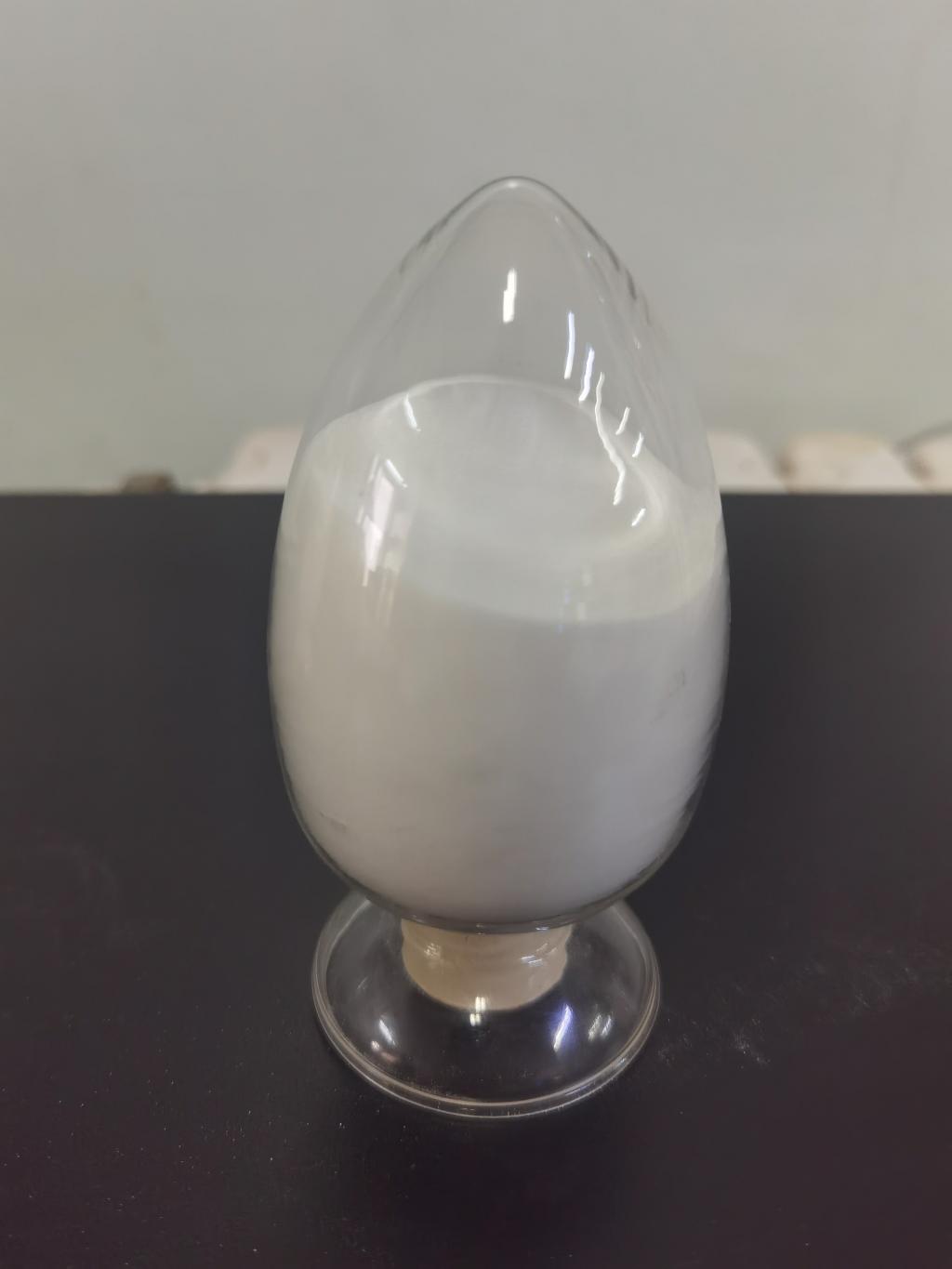Tel:+8618231198596

News
 CONTACT
CONTACT
 CONTACT
CONTACT
- Linkman:Linda Yao
- Tel: +8618231198596
- Email:linda.yao@dcpharma.cn
- Linkman:CHARLES.WANG
- Department:Overseas
- Tel: 0086 0311-85537378 0086 0311-85539701
News
Current Position:
Home >
News
>Precision Approaches to Food Safety: The Application of ε-Polylysine Hydrochloride
Precision Approaches to Food Safety: The Application of ε-Polylysine Hydrochloride
TIME:2024-03-05
The Landscape of Food Safety:
Food safety is a paramount concern for consumers, regulatory bodies, and the food industry alike. Contaminated food can lead to outbreaks of foodborne illnesses, resulting in serious health consequences, economic losses, and damage to a brand's reputation. Precision approaches to food safety aim to mitigate these risks by addressing contamination at various stages of the food supply chain.
Precision Agriculture's Influence on Food Safety:
Precision agriculture, which utilizes technology and data-driven practices to optimize crop management, has influenced the broader concept of precision in the food industry. This shift toward precision encompasses not only farming practices but also processing, transportation, and distribution, emphasizing a more accurate and targeted approach to ensure food safety.
ε-Polylysine Hydrochloride: A Natural Antimicrobial Precision Tool:
a. Origin and Structure: ε-Polylysine Hydrochloride is a naturally occurring antimicrobial agent derived from the bacterium Streptomyces albulus. Its unique poly-ε-lysine structure allows for precise antimicrobial action, targeting specific microorganisms without harming beneficial ones.
b. Mode of Action: ε-Polylysine Hydrochloride acts by disrupting the cell membranes of bacteria, fungi, and other microorganisms, inhibiting their growth and proliferation. This precision-based mechanism makes it effective against a broad spectrum of contaminants.
c. Stability and Environmental Compatibility: The stability of ε-Polylysine Hydrochloride under various environmental conditions makes it suitable for diverse applications. Its natural origin aligns with the industry's growing emphasis on environmentally friendly and sustainable solutions.
Applications of ε-Polylysine Hydrochloride in Ensuring Food Safety:
a. Preservation of Freshness: ε-Polylysine Hydrochloride can be applied to fresh produce, meats, and other perishable items to extend their shelf life by inhibiting the growth of spoilage microorganisms. This is crucial for minimizing food waste and ensuring the availability of safe, high-quality products.
b. Contamination Prevention in Processing: During food processing, the risk of contamination is significant. ε-Polylysine Hydrochloride can be employed to prevent the growth of pathogens and spoilage microorganisms, ensuring the safety of processed foods.
c. Surface Treatment of Equipment: The antimicrobial properties of ε-Polylysine Hydrochloride make it suitable for surface treatment of equipment and utensils in food processing facilities. This precision-based application helps maintain hygienic conditions and prevents cross-contamination.
d. Post-Harvest Protection: In the agricultural supply chain, ε-Polylysine Hydrochloride can be used post-harvest to protect crops during transportation and storage. This targeted application minimizes the risk of contamination and preserves the quality of the harvested produce.
Benefits of ε-Polylysine Hydrochloride in Precision Food Safety:
a. Targeted Antimicrobial Action: ε-Polylysine Hydrochloride's precision-based mode of action allows for targeted antimicrobial activity, ensuring the inhibition of specific contaminants without affecting the overall microbiota of food products.
b. Natural and Clean Labeling: The natural origin of ε-Polylysine Hydrochloride aligns with the consumer demand for clean-label products. Its use contributes to a more transparent ingredient list while maintaining food safety standards.
c. Extended Shelf Life and Reduced Food Waste: By inhibiting the growth of spoilage microorganisms, ε-Polylysine Hydrochloride contributes to the extension of shelf life. This, in turn, reduces food waste, supporting sustainable practices in the food industry.
Challenges and Considerations:
a. Regulatory Approval: The use of ε-Polylysine Hydrochloride in food applications may require regulatory approval. Collaboration between the food industry and regulatory bodies is essential to establish guidelines and standards for its safe and effective use.
b. Cost Implications: The adoption of precision approaches like ε-Polylysine Hydrochloride may entail initial costs for research, development, and implementation. A comprehensive cost-benefit analysis is necessary to assess its economic viability for different applications.
c. Consumer Perception and Education: Educating consumers about the safety and benefits of ε-Polylysine Hydrochloride is crucial for acceptance. Clear communication can address potential concerns and build confidence in the use of this natural antimicrobial agent.
Case Studies and Success Stories:
Examining case studies and success stories from food manufacturers that have successfully integrated ε-Polylysine Hydrochloride into their precision food safety practices provides valuable insights. Real-world examples demonstrate the feasibility and positive outcomes of adopting this innovative approach.
Future Implications and Innovations:
a. Continued Research and Development: Ongoing research into the applications and efficacy of ε-Polylysine Hydrochloride in precision food safety will contribute to expanding its use and addressing specific challenges associated with different food products.
b. Integration with Smart Technologies: The integration of ε-Polylysine Hydrochloride with smart technologies, such as sensors, blockchain, and data analytics, can enhance its precision application and overall effectiveness in managing food safety risks.
c. Global Collaboration: Collaborative efforts between the food industry, research institutions, and technology providers on a global scale will play a vital role in advancing the applications of ε-Polylysine Hydrochloride for precision food safety.
Conclusion:
ε-Polylysine Hydrochloride stands as a precision-based solution to enhance food safety in the evolving landscape of the food industry. Its natural origin, targeted antimicrobial action, and environmental compatibility make it a valuable tool in ensuring the safety and quality of food products. As precision approaches become integral to the food safety paradigm, ε-Polylysine Hydrochloride offers a sustainable and effective solution to address contamination risks at various stages of the food supply chain. Collaborative research, regulatory support, and industry adoption will contribute to unlocking the full potential of ε-Polylysine Hydrochloride in advancing precision food safety.
- Tel:+8618231198596
- Whatsapp:18231198596
- Chat With Skype







